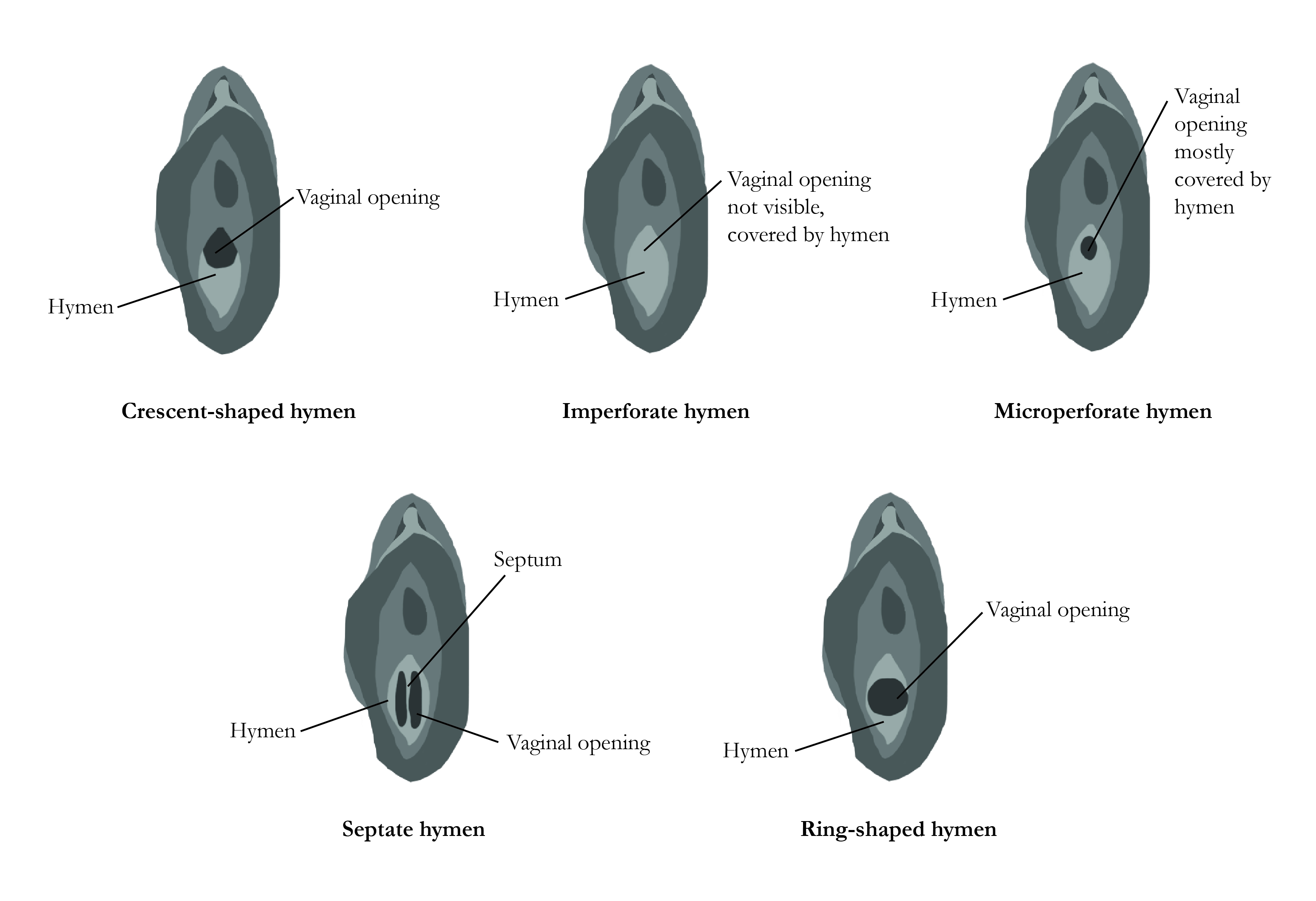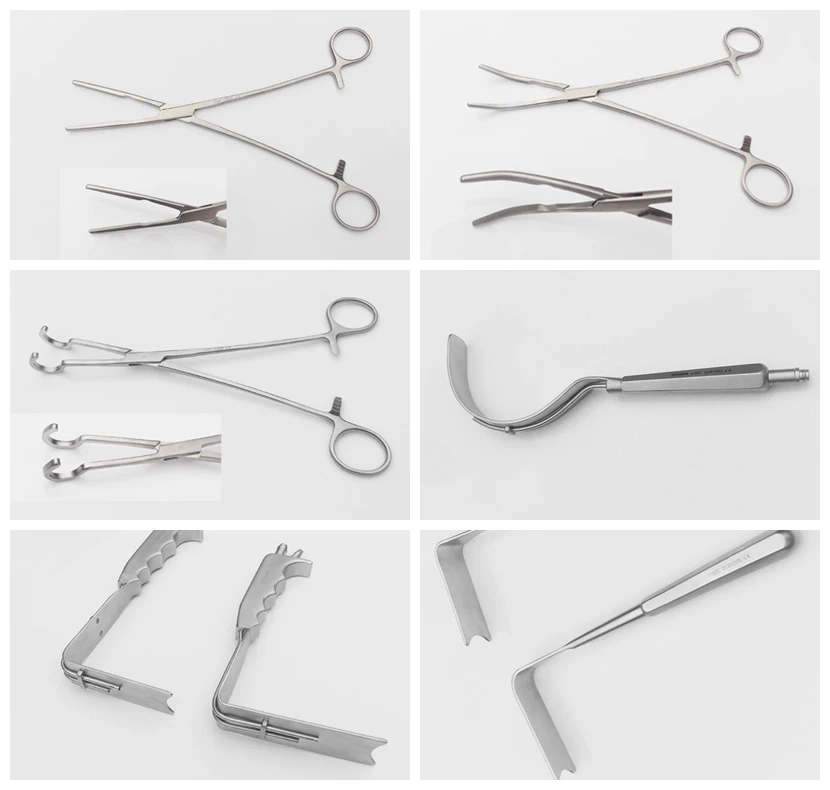

If the outer lips are short, they may not meet and may expose the inner lips more prominently. In others, the outer lips may curve and meet at the ends, exposing some of the inner lips above. Some people have outer lips that hide the inner lips and clitoris almost entirely. The outer lips are usually relatively smooth and do not fold as much as the inner lips.
DIFFERENT VAGINA SHAPES SKIN
The lips may hang low, and the skin may seem thin, or they may be thick and puffy. The outer lips of the vulva, or the labia majora, are longer in some people. Taking this variety into account, some common characteristics of the vulva include: Outer lips It is rare for any variation in this shape or size to be a cause for concern. These are folds of skin that surround the vaginal and urethral openings.ĭepending on the size and shape of the external structures, the appearance of the vulva can vary widely. The vulva includes many structures, such as the labia majora and labia minora, or inner and outer lips. The anatomical term for this area is the vulva.

S2CID 1593002.When people refer to the vagina, they usually mean the visible, external part of the genitals. "Which factors should be considered in choosing pessary type and size for pelvic organ prolapse patients in a fitting trial?". ^ Ding, Jing Song, Xiao-Chen Deng, Mou Zhu, Lan (3 June 2016)."Baseline dimensions of the human vagina". "Surface area of the human vagina as measured from vinyl polysiloxane casts". ^ "The Social - How much do you know about vaginas?"."Comparison of vaginal shapes in Afro-American, Caucasian and Hispanic women as seen with vinyl polysiloxane casting". "The shape and dimensions of the human vagina as seen in three-dimensional vinyl polysiloxane casts". Lawrence, citing Masters and Johnson's Human Sexual Response (1966), states that pages 73 and 74 of that book show that typical vaginal depth in Masters and Johnson's participants ranged from 7–8 cm (2.8–3.1 in) in an unstimulated state, to 11–12 cm (4.3–4.7 in) during sexual arousal with a speculum in place. Given the large range in vaginal dimensions noted in studies such as the above, many fitted vaginal devices, for example pessaries, do not adhere to a "one-size-fits-all" principle. study of vagina sizes using Magnetic Resonance Imaging (MRI) on 28 volunteers between 18 and 39 years old, with heights ranging from 1.5 to 1.7 metres (4 ft 11 in to 5 ft 7 in), and weights between 49.9 and 95.3 kilograms (110 and 210 lb), revealed a greater than 100 percent variation between the shortest (40.8 millimetres (1.61 in)) and the longest (95.0 millimetres (3.74 in)) vagina length. at the proximal vagina: 3.3 cm (1.3 in).Mean length from cervix to introitus: 6.3 cm (2.5 in).Research published in 2006 by Barnhart et al., gave the following mean dimensions, based on MRI scans of 28 women: also using castings as a measurement method, measured vaginal surface areas ranging from 66 to 107 cm 2 (10.2 to 16.6 sq in) with a mean of 87 cm 2 (13.5 sq in) and a standard deviation of 7.8 cm 2 (1.21 sq in) A 2003 study by the group of Pendergrass et al. They were also unable to characterize the vaginal shape as a "heart, slug, pumpkin seed or parallel sides" as suggested by the previous studies.

Barnhart et al., however, were not able to find any correlation amongst the race and the size of vagina. Both studies showed a wide range of vaginal shapes, described by the researchers as "Parallel sided, conical, heart, slug" and "pumpkin seed" shapes.


 0 kommentar(er)
0 kommentar(er)
